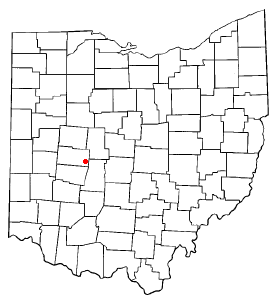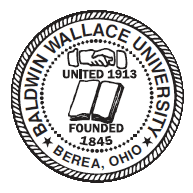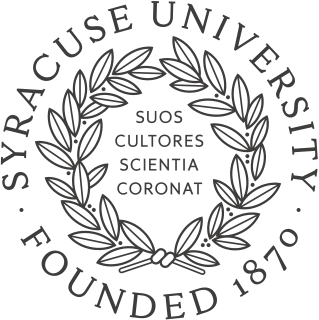
Giovanni Boccaccio was an Italian writer, poet, correspondent of Petrarch, and an important Renaissance humanist. Boccaccio wrote a number of notable works, including The Decameron and On Famous Women. He wrote his imaginative literature mostly in the Italian vernacular, as well as other works in Latin, and is particularly noted for his realistic dialogue which differed from that of his contemporaries, medieval writers who usually followed formulaic models for character and plot.
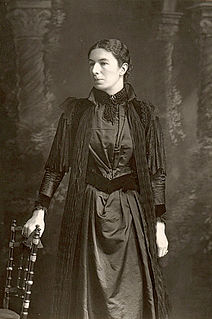
Mary Augusta Ward was a British novelist who wrote under her married name as Mrs Humphry Ward. She worked to improve education for the poor and she became the founding President of the Women's National Anti-Suffrage League.

Charles Eliot Norton was an American author, social critic, and professor of art. He was a progressive social reformer and a liberal activist whom many of his contemporaries considered the most cultivated man in the United States.

Sarah Margaret Fuller Ossoli, commonly known as Margaret Fuller, was an American journalist, editor, critic, and women's rights advocate associated with the American transcendentalism movement. She was the first full-time American female book reviewer in journalism. Her book Woman in the Nineteenth Century is considered the first major feminist work in the United States.
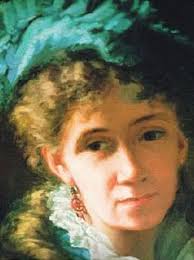
(Abigail) May Alcott Nieriker was an American artist and the youngest sister of Louisa May Alcott. She was the basis for the character Amy in her sister's semi-autobiographical novel Little Women (1868). She was named after her mother, Abigail May, and first called Abba, then Abby, and finally May, which she asked to be called in November 1863 when in her twenties.
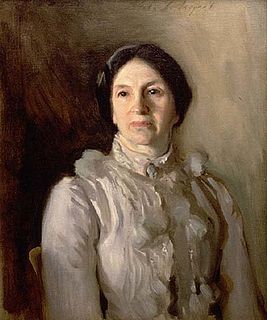
Annie Adams Fields was an American writer. Among her writings are collections of poetry and essays as well as several memoirs and biographies of her literary acquaintances. She was also interested in philanthropic work, in which she found her greatest pleasure. Her later years were spent as a companion to author Sarah Orne Jewett.
The Hermaphrodite is an incomplete novel by Julia Ward Howe about an intersex individual raised as a male in the United States in the first half of the nineteenth century, who in adulthood lives sometimes as a female and sometimes as a male. Its date of composition is uncertain, but estimated to be between 1846 and 1847. The term "hermaphrodite" was used until the mid-20th century to identify someone having reproductive organs normally associated with both male and female sexes..

Maud Howe Elliott was an American writer, most notable for her Pulitzer prize-winning collaboration with her sisters, Laura E. Richards and Florence Hall, on their mother's biography The Life of Julia Ward Howe (1916). Her other works included A Newport Aquarelle (1883); Phillida (1891); Mammon, later published as Honor: A Novel (1893); Roma Beata, Letters from the Eternal City (1903); The Eleventh Hour in the Life of Julia Ward Howe (1911); Three Generations (1923); Lord Byron's Helmet (1927); John Elliott, The Story of an Artist (1930); My Cousin, F. Marion Crawford (1934); and This Was My Newport (1944).
Sage writing was a genre of creative nonfiction popular in the Victorian era. The concept originates with John Holloway's 1953 book The Victorian Sage: Studies in Argument.
Annie Russell Marble was an American essayist, whose work dealt with early American historical figures, authors of the Transcendental movement, some of whom she knew personally, and commentary on literature in general.

Julia A. J. Foote was ordained as the first woman deacon in the African Methodist Episcopal Zion Church and the second to be ordained as an elder.
Ellen M. Mitchell (1838–1920) was an American philosopher, educator and education reformer. She was one of the first women to be appointed lecturer in a university, in addition to writing philosophy, literature and literary criticism.

Mary Dana Hicks was an American art educator from the U.S. state of New York.

The New England Woman's Press Association (NEWPA) was founded by six Boston newspaper women in 1885 and incorporated in 1890. By the turn of the century it had over 150 members. NEWPA sought not only to bring female colleagues together and further their careers in a male-dominated field, but to use the power of the press for the good of society. The group raised funds for charity and supported women's suffrage and other political causes.

Louise Manning Hodgkins was an American educator, author, and editor from Massachusetts. After completing her studies at Pennington Seminary and Wilbraham Wesleyan Academy, she became a teacher and preceptress at Lawrence College, before receiving a Master of Arts degree from that institution in 1876. She taught at Wellesley College for over a decade before turning her attentions to writing and editing. Her main works included Nineteenth Century Authors of Great Britain and the United States, Study of the English Language, and Via Christi. She served as editor of The Heathen Woman's Friend, the first organ of the Woman's Foreign Missionary Society of the Methodist Episcopal Church, and also edited Milton lyrics : L'allegro, Il penseroso, Comus, and Lycidas and Matthew Arnold's Sohrab and Rustum.
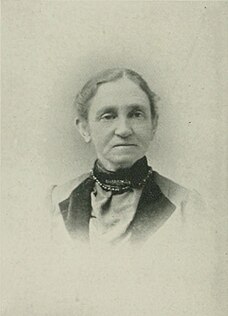
Hulda Barker Loud was an American newspaper editor and publisher in Massachusetts who was an advocate for labor rights and equal rights for women.

Adelaide Avery Claflin was an American woman suffragist and ordained minister.


